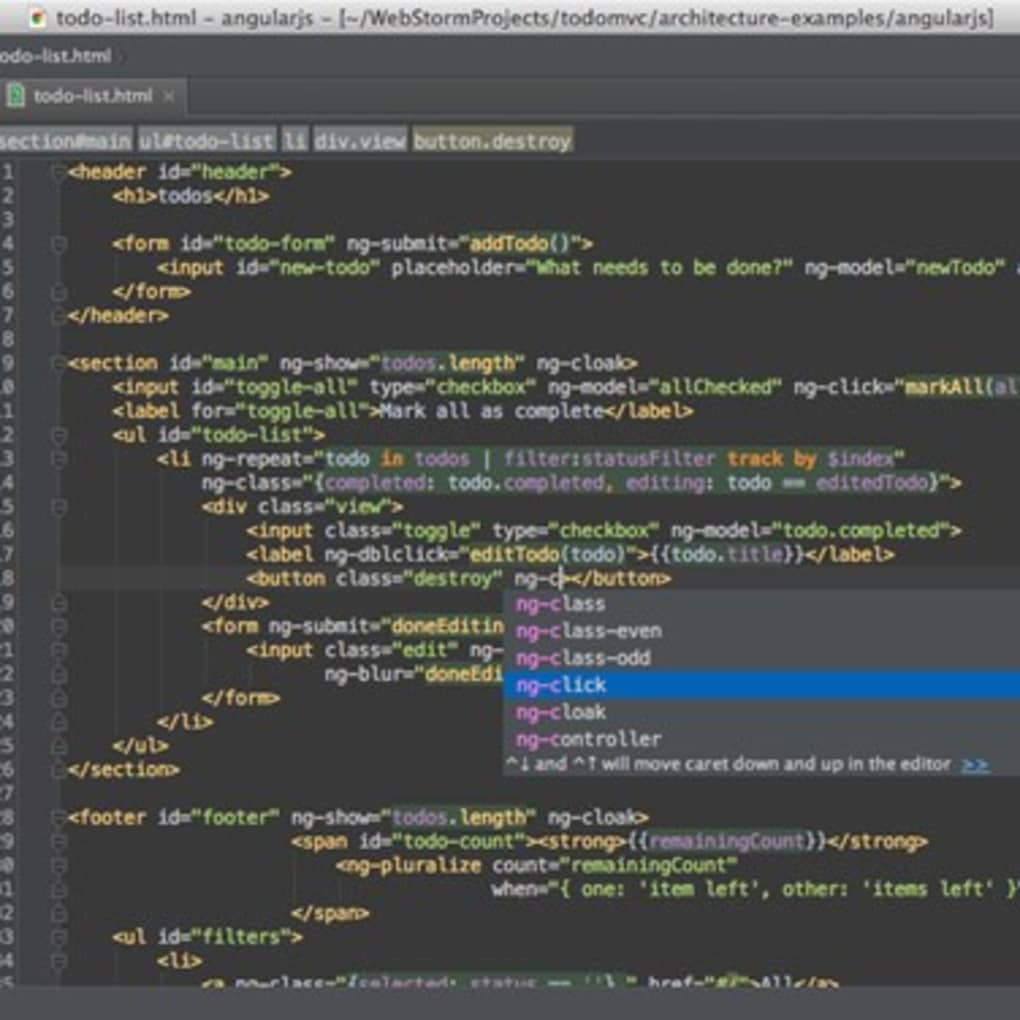
- #Webstorm opening directory through webstorm terminal install
- #Webstorm opening directory through webstorm terminal code
In this example, we will format all of our html files found in our ~/Data/src directory. > rider format -r ~/Data/srcįinally, we can format based on a particular set of masks. We can also recursively format all files in a directory, including subdirectories. > rider format ~/Data/src/hello.html ~/Data/src/world.html
#Webstorm opening directory through webstorm terminal code
All files will be formatted using the default code style settings found in Rider.įirst, we will format two specific files.

Through the command line script, we can format a file, formats, or directory using the format command. JetBrains products are well known for their formatting capabilities. When we execute the command, we see the following Rider merge window.
#Webstorm opening directory through webstorm terminal install
We can also install the JetBrains Toolbox Chrome extension, which integrates with GitHub, GitLab, and Bitbucket.

In the image below it is second from the left-hand side.

The icon looks like a box with the iconic JetBrains’ dash on the darkside. The toolbox app runs in the background and is expandable through our operating systems menu bar. The app is the best way to manage all my JetBrains products, from installing, updating, and removing apps. Jetbrains recommends we install JetBrains Toolbox App. In this post, we’ll see how we can setup Jetbrains Rider to work seamlessly with the workflow described above. While the command line is a powerful tool, an integrated development environment (IDE) is where many of us do the majority of our. Some of us find the command line to be a more natural preference, while others prefer a graphical user interface. From the command line, we can execute git commands, Jekyll builds, and npm installs. Many developer’s workflows consist of jumping from terminal to IDE.


 0 kommentar(er)
0 kommentar(er)
